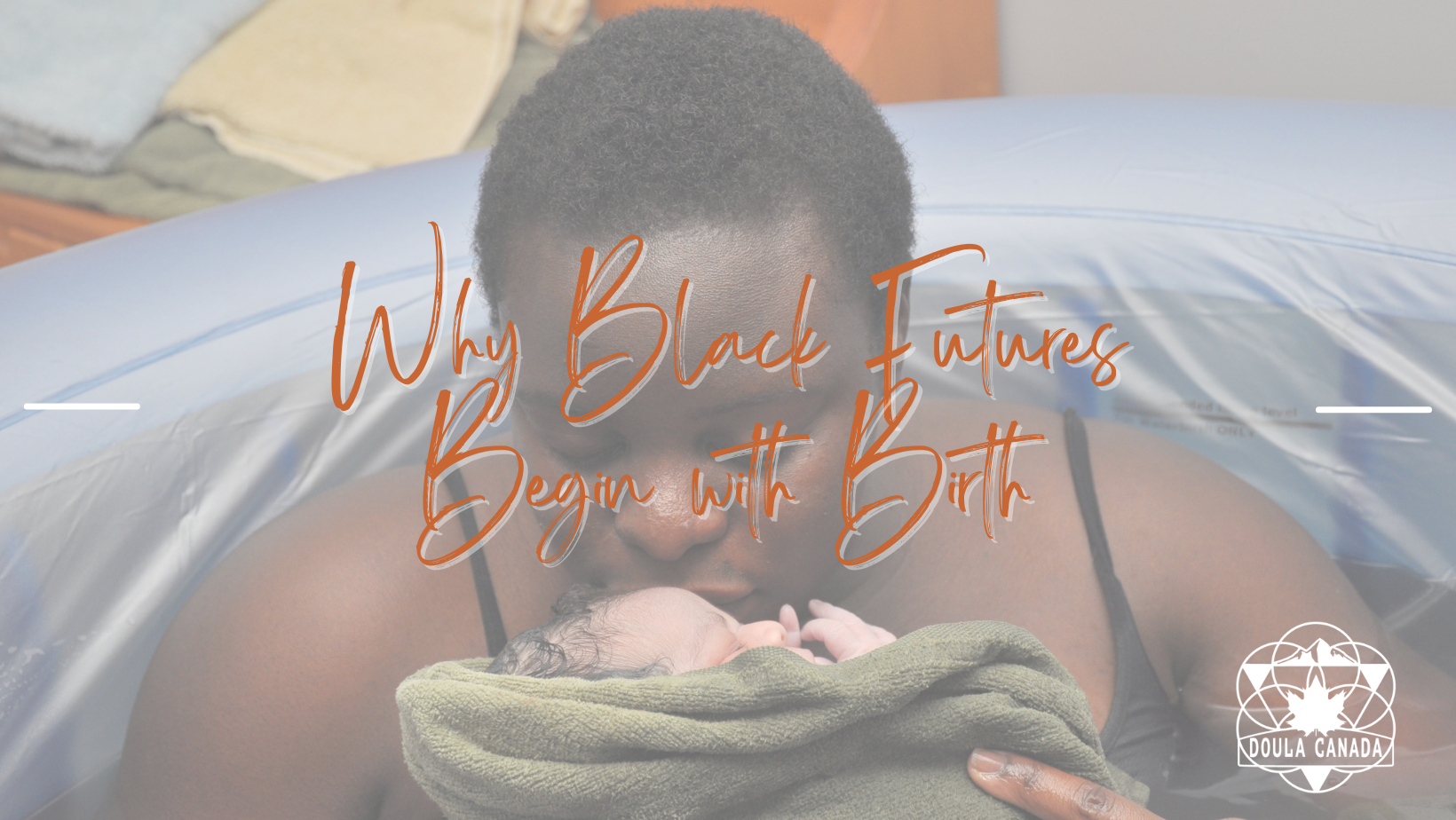[vc_row][vc_column][vc_column_text css=”.vc_custom_1676056467901{margin-bottom: 0px !important;}”]
Why Black Futures Begin with Birth
Written by Keira Grant – DTC EDI Lead for Racialized Communities
February is widely known as Black History Month. This term has rubbed me the wrong way since I was a kid, but it took me a while to put my finger on why. The reference to “history” is full of loaded assumptions that are highly convenient to colorblind multiculturalism. It suggests that racism toward Black people is something that happened a long time ago, maybe in a faraway place. Then slavery ended and then there was Black excellence.
Of course, there have always been excellent Black people, but that’s not really how the story goes. The beliefs that made slavery possible for centuries are part of the fabric of society. Even when we are excellent by eurocentric, capitalistic standards, it could still go the way it went for Tyre Nichols.
The violence that brutally ended the life of Tyre and so many others like him flows through all social institutions, not just policing. In countries such as the United States and the United Kingdom where race-based health data is collected, these data show that Black birthers are anywhere from 3 to 4 times more likely to die in childbirth than their white counterparts. Our babies are also at a significantly increased risk of death. This holds true, independent of education and socioeconomic status. The birth stories of celebrities like Beyoncé Knowles, Serena Williams, and Tatiana Ali, (whose story we’ll be discussing at March’s Equity Watch Party), bring these statistics to life.
At this time, many players in the Canadian healthcare system are calling for the collection of disaggregated race-based data. In the US, the collection of these data, and the resultant evidence of disparities has led to increased funding for programs that improve Black maternal health, including a proliferation of programs for accessing a Black doula. It has also supported requirements that health professionals receive training in implicit bias.
It’s been widely reported in the news that Tyre Nichols called out for his mom during the brutal attack that ended his life. Every Black person who dies as a result of structural violence is someone’s baby. When systemic disrespect and harm toward Black birthers and babies is normalized, rationalized, and justified it is the start of a pattern that impacts Black people across the lifespan. Emerging research is actually demonstrating that racial stress accelerates the aging process of Black women.
Creating a circle of love and support around Black birthers and their babies that is honest about what we are up against, and that celebrates our lives and well-being can have a profound impact on how someone’s life starts. It can affect how their life continues by showing them and their families that it is possible to create spaces where Black people are affirmed and nourished.
We talk about equity, diversity, and inclusion in this work all the time. During February, we have additional opportunities for our members to learn and engage in dialog about anti-Black racism and racial health equity in perinatal care. We are using the language Black Futures Month, “a visionary, forward-looking spin on celebrations of Blackness in February”.
[/vc_column_text][/vc_column][/vc_row]

